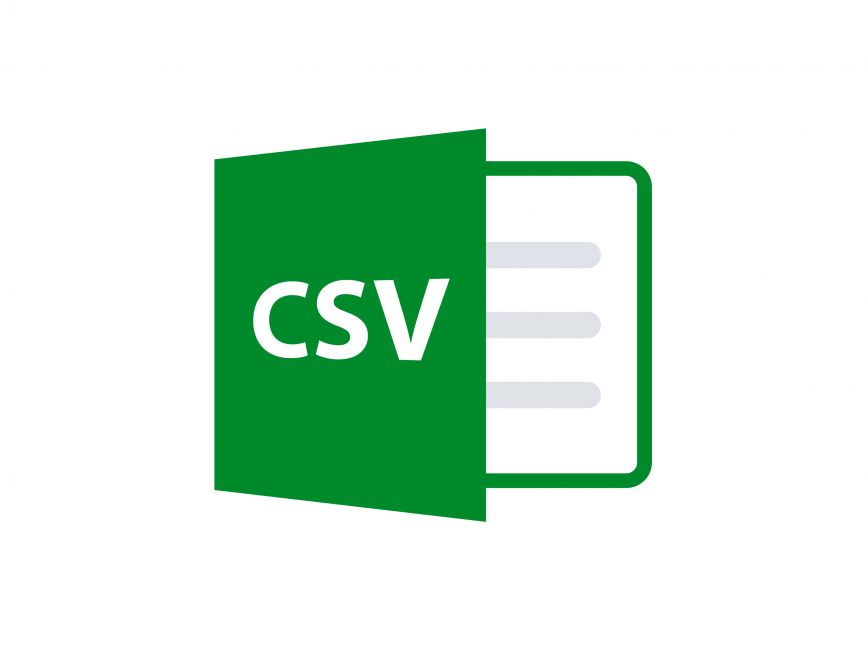CSV full form: Comma-Separated Values

CSV Full Form and its Practical Utility
In the realm of data management and analysis, the ability to seamlessly exchange information between different platforms and applications is paramount. The acronym CSV, a format ubiquitous in data handling, plays a pivotal role in enabling efficient data transfer and manipulation. The full form of CSV is “Comma-Separated Values.” In this article, we will unravel the CSV full form, understand its significance in data processing, and explore how it simplifies the complexities of data exchange across various domains.
Deciphering the Full Form: Comma-Separated Values
The acronym CSV stands for “Comma-Separated Values.” CSV is a plain text file format used for storing tabular data, where values are separated by commas and each line represents a row of data.
Understanding the CSV Format
At its core, CSV is a simple and efficient way to organize and represent structured data. Each line in a CSV file corresponds to a record, and the values within each record are separated by commas. This format lends itself well to various data types, making it versatile for diverse datasets.
Key Features of CSV
- Simplicity: CSV files are easy to create, read, and edit using basic text editors or spreadsheet software.
- Compatibility: Virtually all data analysis and spreadsheet applications support CSV, ensuring cross-platform compatibility.
- Lightweight: CSV files are relatively small in size compared to other data formats, making them suitable for transferring data over networks.
- Tabular Structure: CSV maintains a tabular structure similar to a spreadsheet, with rows and columns.
- Plain Text: Being a plain text format, CSV is human-readable and can be easily understood even without specialized software.
Creating and Formatting CSV Files
Creating a CSV file involves organizing data into rows and columns, using commas to separate values and line breaks to indicate new records. While the most common approach uses commas, other delimiters like semicolons or tabs can be used, depending on the application’s requirements. Additionally, text fields can be enclosed in double quotes to handle cases where values themselves contain commas.
Applications of CSV
CSV finds utility in various fields:
- Data Import/Export: CSV files are commonly used to transfer data between different software applications, databases, and platforms.
- Data Analysis: Data scientists and analysts use CSV files as a starting point for statistical analysis, visualization, and modeling.
- Web Applications: Many web applications use CSV for importing and exporting data, managing user information, and more.
- Scientific Research: Researchers use CSV to store experimental data, observations, and results.
Advantages and Limitations
Advantages:
- Simplicity: CSV’s straightforward structure makes it accessible to users with varying technical backgrounds.
- Interoperability: CSV’s compatibility ensures data can be seamlessly exchanged between different software.
- Efficiency: CSV’s lightweight nature allows for efficient data transfer and storage.
Limitations:
- Lack of Structure: CSV lacks features for defining complex data relationships, such as hierarchies or interrelated tables.
- No Data Types: CSV treats all values as text, potentially leading to data interpretation issues.
- Data Integrity: If not properly formatted or escaped, special characters within values can disrupt data integrity.
Img source: logowik.com
Conclusion
The CSV full form – Comma-Separated Values – encapsulates a simple yet powerful format that underpins data exchange and analysis across numerous domains. Whether it’s transferring data between databases, performing statistical analyses, or populating web applications, CSV provides a bridge that connects different data sources and platforms. As technology advances and data becomes increasingly valuable, the humble CSV format continues to play an integral role in facilitating efficient data management, enabling users to harness the power of structured information while fostering collaboration, analysis, and insights across the digital landscape.